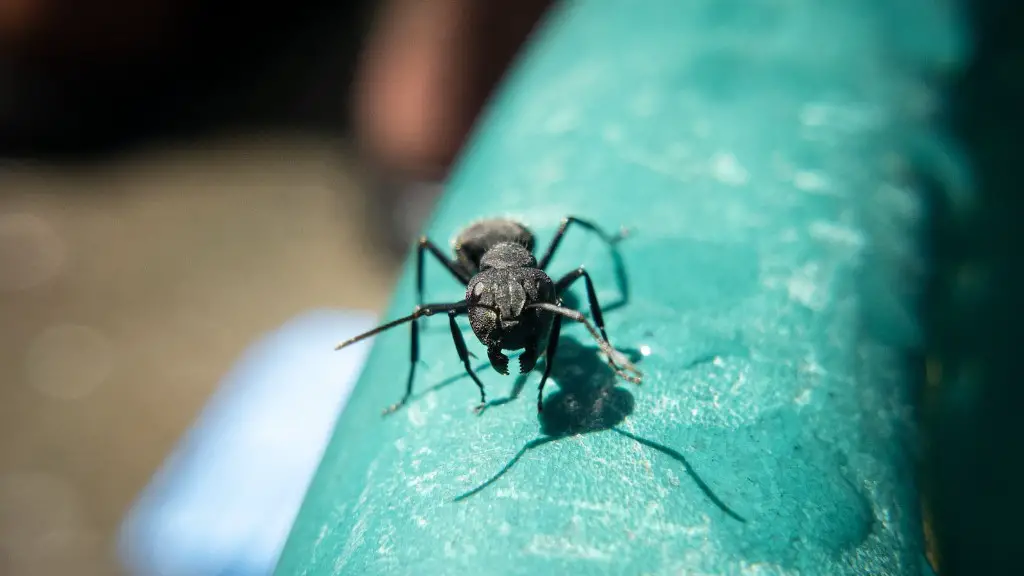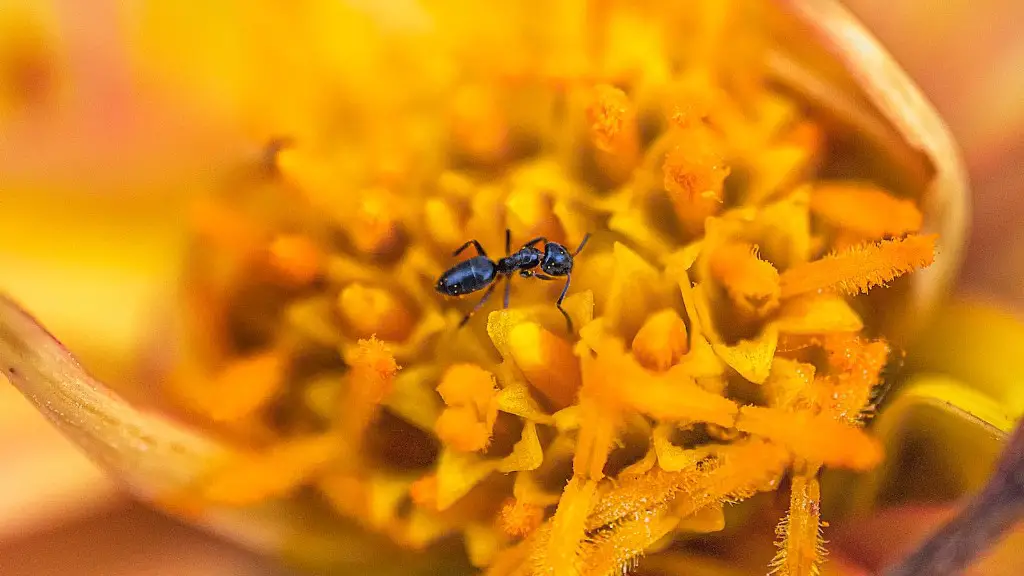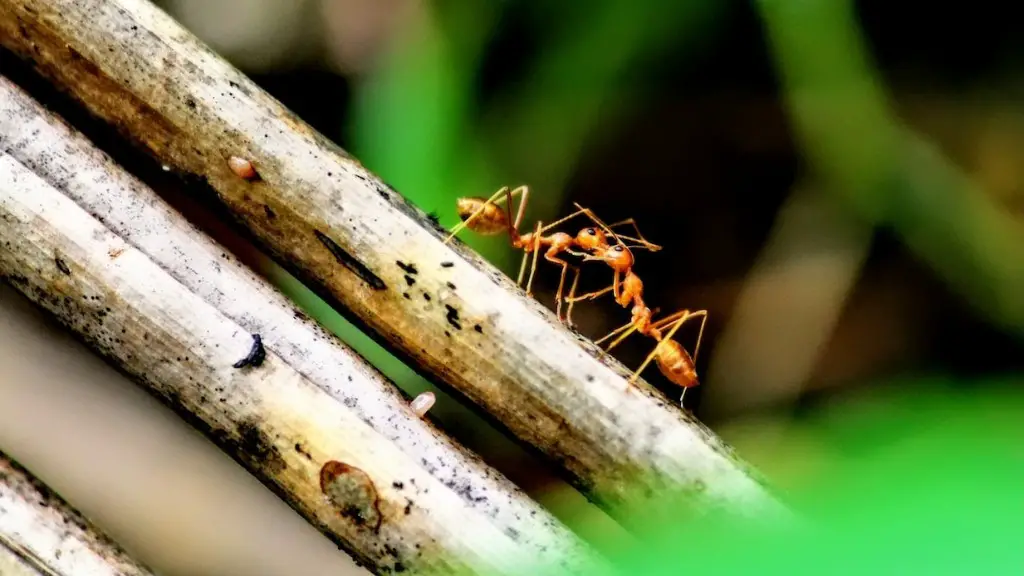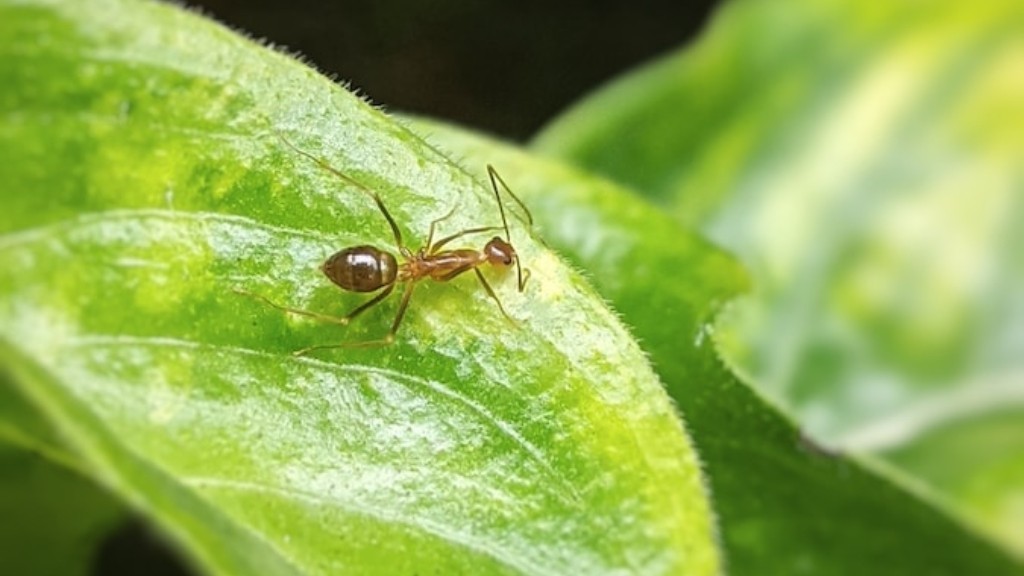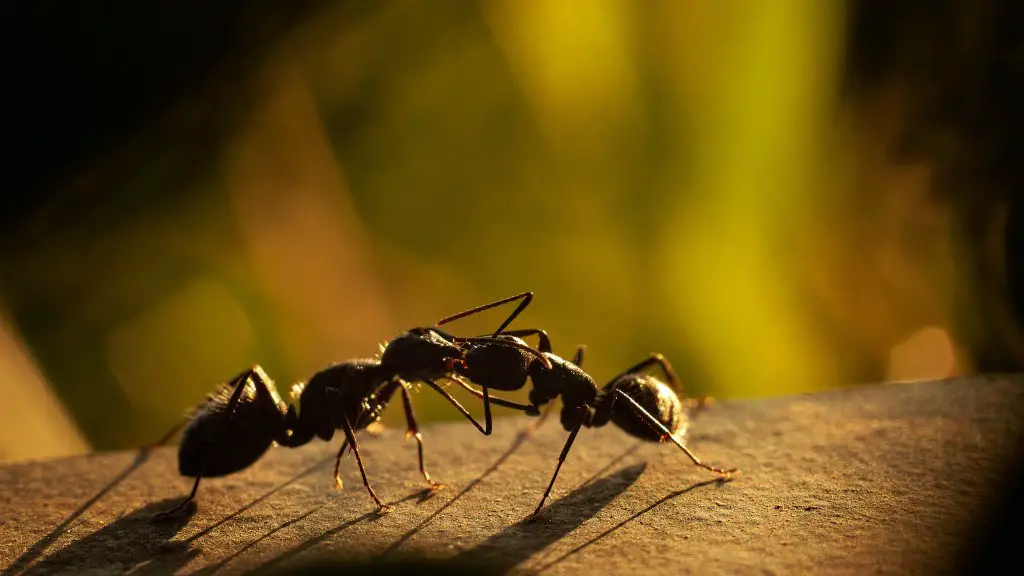Most homeowners are familiar with common household ants, like the ‘terro ant killer’. Most understand that this kind of ant control is appropriate for ants that live inside, but not for ants that live in the garden, outside, or inside the walls. But it is not unusual to run into a species of ant living inside your home that is more difficult to eliminate, like carpenter ants. So, the big question remains: Does terro ant killer kill carpenter ants?
Carpenters ants are a species of large ant that can easily enter your home, nesting inside walls and feeding on wood- and cellulose-based items around the house. They often cause wood damage and if left unchecked can lead to costly repairs. As a result, it is important to take carpenter ant infestations very seriously.
At first glance, it may seem like terro ant killer should work on carpenter ants the same way it works on all the other insects around your house, so the answer may appear to be yes. However, the reality is a bit more complicated.
The active ingredient in terro ant killer, boric acid, is designed to work on a wide variety of common household ants, but it is not as effective against carpenter ants. This is because the carpenter ant is an extremely resilient species, which requires specialized control methods.
That said, boric acid can still help to reduce the number of carpenter ants around your home, as it is known to be irritating to carpenter ants, and they tend to steer clear of it. Yet boric acid will not be effective in eliminating an entire infestation. To do that, you will need to contact an exterminator to help identify the entry points and address the source of the infestation directly.
A licensed exterminator will often be able to identify what kind of ant problem you are dealing with, and then use specialized tools and treatments to address the problem in a safe and effective manner. In some cases, that may mean using non-toxic methods, but in other cases it may require more aggressive treatments.
If you are looking for a solution to an ant problem, it is worth considering terro ant killer, but keep in mind that it is not always the most effective solution. For carpenter ants and other difficult-to-eliminate pests, you may need to call in a professional to help you identify and address the source of the problem.
Identifying Carpenter Ants
Carpenter ants are a dark brown to blackish color and are much larger than other common household ants.Adults can grow up to 1/2 inch in length with wings, while worker and reproductive ants are wingless.
Carpenter ants have an even-segmented body and a single petiole, or node, located in between the thorax and the abdomen. The petiole may or may not have spines on it and the ants typically have pronounced mandibles.
Unlike other ants, carpenter ants do not form mounds or nests, and the ants typically travel in small trails around the home. If you see small trails of ants, you may want to take a closer look to see if they are carpenter ants or something else.
Another giveaway sign of carpenter ants is wood damage, as these insects have a habit of chewing on wood and other cellulose-based materials. If you see wood shavings and frass around your home, it might be an indicator of a carpenter ant infestation.
Historical Perspective
Carpenter ants have long been a problem for homeowners around the world, with different cultures developing a variety of remedies to deal with the pests. Historic remedies for carpenter ant control include everything from extracts of garlic and peppermint to various insects and animals that were used as natural predators.
As time progressed, chemical methods of control became morepopular, with a range of insecticides and baits maıking their way on to the market. Today, the most popular form of control is still insecticides, but there is also a growing interest in natural and organic options, including essential oils and other natural remedies.
It is important to note that while natural remedies may provide some relief, they are usually not powerful enough to eliminate an entire infestation, and may need to be complemented with chemical control methods.
Eco-friendly Options
Many homeowners are looking for eco-friendly options for ant control and may be wary of chemical methods. The good news is that there are a variety of eco-friendly products available, including baits and traps made from natural ingredients, like sugar, that can be effective in controlling carpenter ant populations.
Another option is to use a non-toxic insecticide dust or granules, which can be applied directly in areas where you notice the ants. This type of ant killer is safe for use around pets and children, and can be used to help keep carpenter ant populations in check.
Finally, there are some do-it-yourself tricks that can be used to deal with carpenter ants. For example, you can use citronella oil and diatomaceous earth to keep the ants away, or set up beer traps to help capture and remove the ants.
Identifying the Nest
It is important to note that carpenter ants live in colonies and they often have multiple nesting sites, often with locations both inside and outside your home. This makes it difficult to control the infestation, as you often cannot find the source of the problem.
In order to identify and address the source of the problem, you may need to enlist the help of a qualified exterminator. The exterminator can inspect the home for entry points and inspect the nests to determine if there is an infestation. They can then recommend the appropriate course of action.
If the carpenter ants are nesting inside the walls of your home, the exterminator can use specialized tools and treatments to directly address the source of the problem. In some cases, the exterminator may need to use a pesticide, while in others they may recommend a more natural option.
In any case, it is important to have an exterminator inspect your home if you are seeing signs of carpenter ants.
Benefits of Professional Control
When it comes to carpenter ant control, it is always best to let a professional handle the job. This is because carpenter ants can be difficult to eliminate, and an experienced exterminator will have the training and experience to handle the problem safely and effectively.
A professional exterminator can not only identify the source of the infestation and develop a tailored plan to address the problem, but they can also help take preventive measures that can help reduce the chances of future infestations.
For example, an exterminator can use traps and other preventive methods to keep the carpenter ants away from your home. They can also inspect your home for entry points, and make sure to seal them up to prevent future infestations.
By enlisting the help of a professional exterminator, you can not only get rid of the carpenter ant infestation, but also ensure that your home is protected against future infestations.
